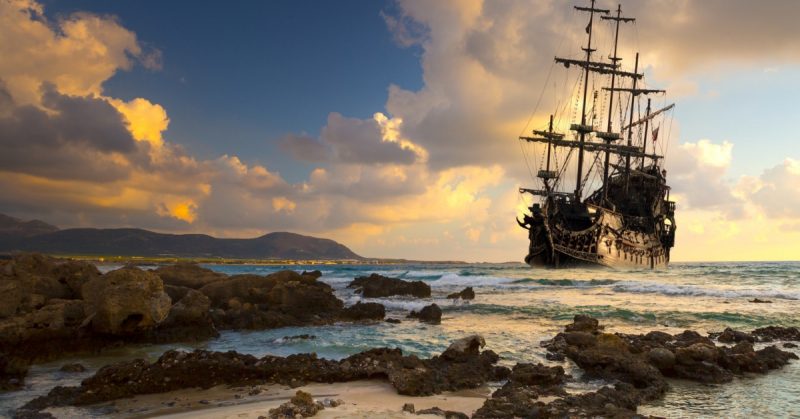Henri Caesar is said to have buried between $2 million and $6 million in treasure across several islands in the area.
At the height of the Golden Age of piracy, there were a few names that struck fear into the heart of the public. Edward “Blackbeard” Teach, Bartholomew “Black Bart” Roberts, and Ching Shih roamed the open waters and pillaged any ship they came across. One pirate who had one of the longest careers was Black Caesar.
As with all pirates, much of his life is shrouded in mystery and its details have been lost over the years. There are two stories about his youth and how he became the pirate who operated in the Florida Keys. The first, but not the most common variation, starts on the island of Haiti.
Henri Caesar was born a slave on the island and as a young man worked in a lumber yard. The supervisor of the yard mistreated him and Henri saw a chance for freedom during the slave insurrection toward the end of the 18th century. During the insurrection, he killed the supervisor and joined the underground freedom fighters.
Caesar stayed on the island until it received independence from France, then set off to make his fortune at sea. According to the tale, he captured a Spanish ship and made his way around Cuba and the Bahamas. By 1805, under the name Black Caesar, he was attacking small villages and lone ships from his base in the Florida Keys.
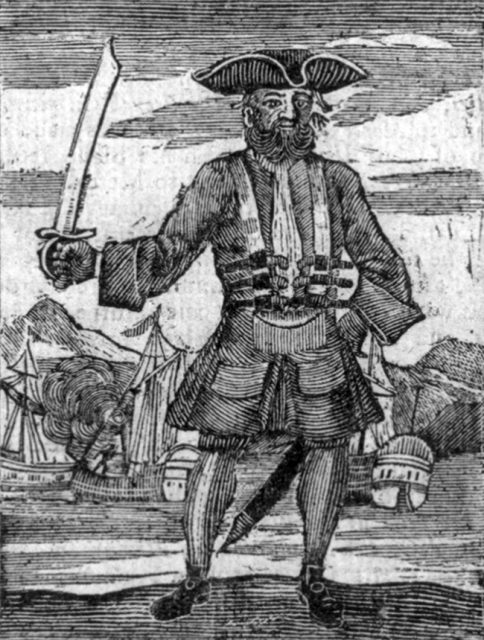
Henri Caesar is said to have buried between $2 million and $6 million in treasure across several islands in the area. He disappeared around 1830 with various theories as to why. Some say that he fled when the US took possession of the area, while others believe that he was captured and burned to death by the authorities.
The more common tale of Black Caesar is more detailed and much more compelling. It too starts with the slave trade which was becoming big business during the Golden Age of piracy. In this tale, Caesar is said to have been a fearsome warrior and chieftain in Africa who was cunning and strong.
For years, Caesar had evaded the slavers until one day he was lured onto a slaver’s ship with the promise of treasure and other riches. Same say that Caesar and the others with him were distracted by the treasure and did not notice the sailors raising the anchor and setting off. Others say that he was pampered with luxuries and when he noticed the ship was moving the crew stopped him at gunpoint.
Caesar was to be sold into slavery, but on the slave ship he made friends with one of the sailors. As the ship neared Florida and the slave markets, a hurricane hit. In the confusion from the storm, the sailor released him and they boarded one of the ship’s longboats. The two men hid on one of the islands off Florida while the hurricane took the ship, leaving them as the only survivors.
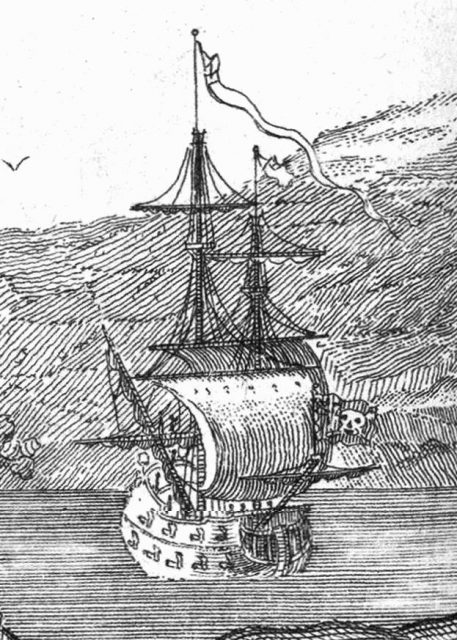
This was the start of his life as a pirate as the two operated for years in the area. They would use their longboat as a ruse to make ships believe they were shipwrecked sailors. Once the ship stopped to help them, they would rob its crew at gunpoint. It is believed that the pair buried their takings on Elliott Key.
The partnership would not last forever and ended in a duel. The cause of the duel was a woman who they captured during a raid. Both men wanted the woman for themselves and this led to an argument which escalated into a duel. Caesar won by killing his long-time friend.
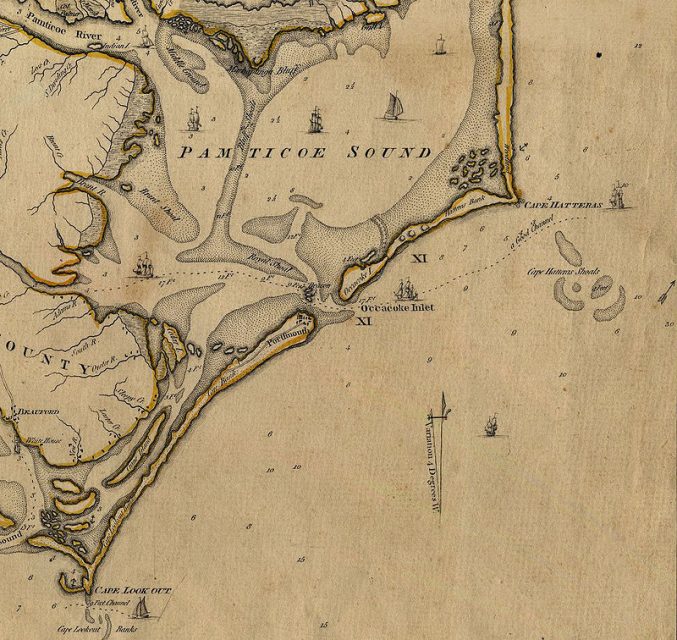
The days of small-time piracy and the longboat ploy were over for Black Caesar and he started to build a piracy business. He recruited more pirates and they started to attack ships on the open sea. Some stories say that these raids were not the end of his business and that he opened a brothel on an island in the Florida Keys.
There was also supposedly a prison camp on Elliott Key where he would keep prisoners in stone huts. These prisoners would be ransomed off to increase his earnings. When he left for raids, he would not leave any provisions for those on the islands and many of them would starve.
There were some children who reportedly escaped the island and formed a society of lost children. This is one basis for the idea that the island is haunted.
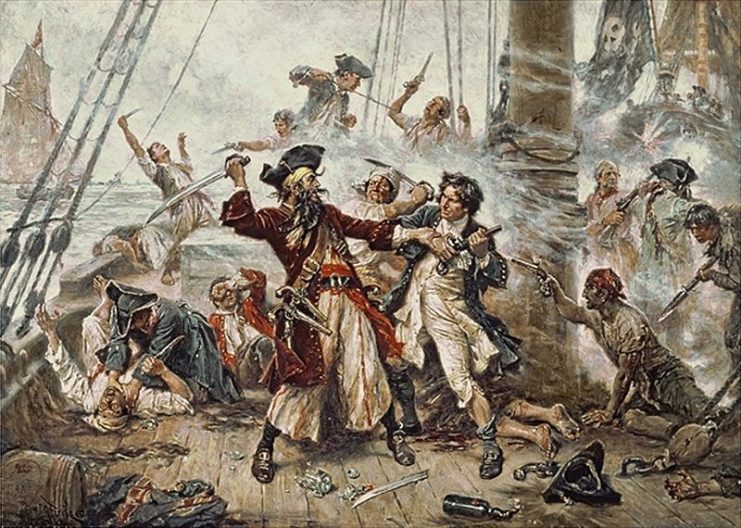
After years of building his piracy empire, it is believed that Black Caesar left it to join the crew of Edward “Blackbeard” Teach on the Queen Anne’s Revenge. Even in the legends that surround Black Caesar, there is little about his time with Blackbeard. It is known that he served as his lieutenant and was there when Blackbeard was killed by Lieutenant Robert Maynard.
Read another story from us: Pirate or Privateer: The Lafitte Empire and the Raid of Barataria Bay
According to this legend, Black Caesar was captured while trying to set off the powder magazine in the ship. As he was getting ready to light the trail of gunpowder, he was restrained by several of Maynard’s men. He was then taken to Williamsburg, Virginia where he was tried for piracy and hanged.
